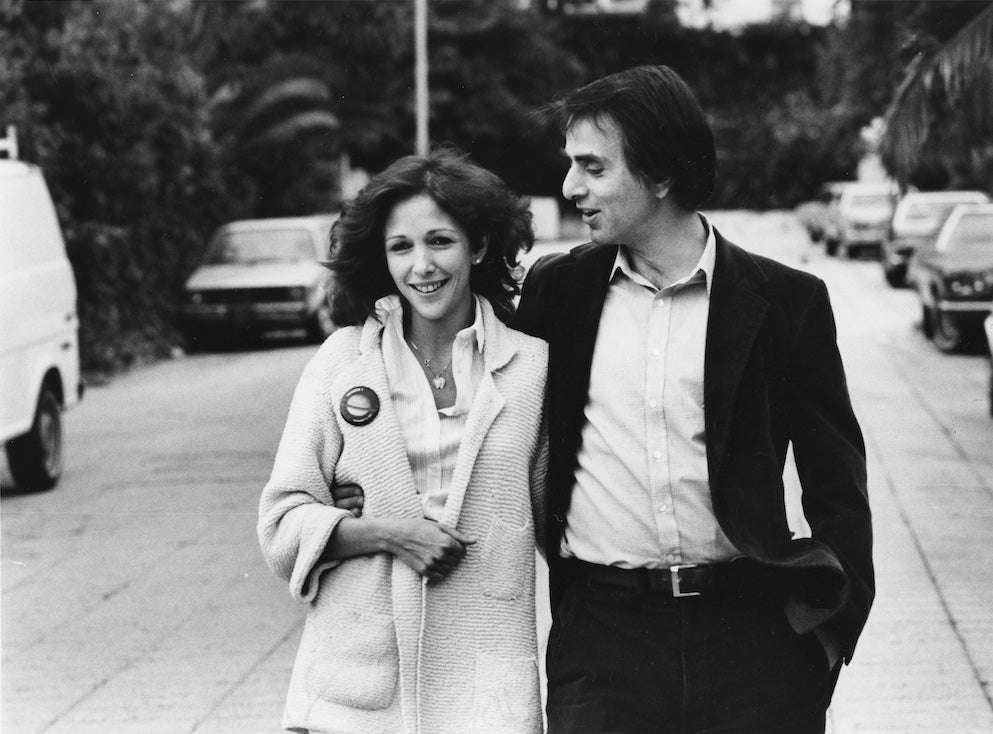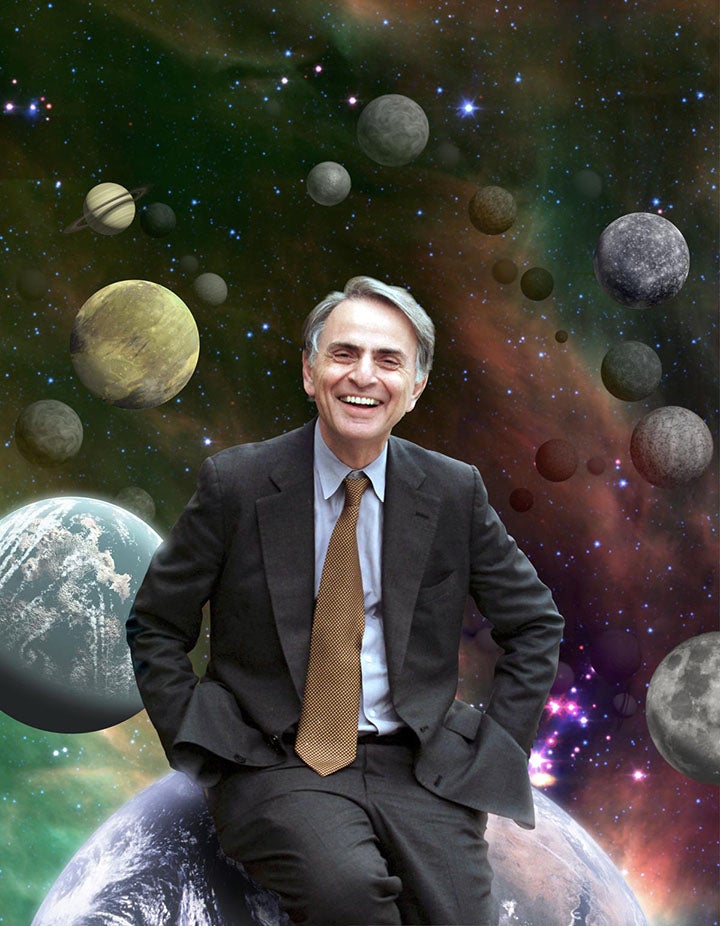
The mythic achievements of the Apollo program gave our civilization a jolt of self-confidence and ambition. It fueled a zeitgeist that promised even greater things. We were on our way to Mars with the Viking landers and to the outer planets and the stars with the Voyager probes. Was there anything we could not accomplish if we simply applied our will and our brains to it?
Yes, there were intimations of trouble ahead, signs that we were living at odds with our environment. The month before the first Moon landing, the polluted, oil-slicked Cuyahoga River that runs through Cleveland burst into flames. But there was a feeling of optimism that we could solve the ecological disasters we created just as we had the seemingly insoluble challenges of human space travel to the Moon and back.
The atmosphere at NASA’s Jet Propulsion Lab for the Viking landings was downright heady. I remember standing in the cafeteria as the first image from the surface of Mars came in. There were monitors everywhere. The din of mealtime stopped abruptly, as if someone had pressed mute. Everything came to a halt as the image arrived in a series of vertical stripes. When the picture was complete, we stood there in awe with our plastic trays. Outside, journalists from every news-gathering organization on Earth were waiting for the scientists to come downstairs and interpret the data.

As Carl Sagan would later write in our Cosmos television series, this was the fulfillment of a lifelong dream of his. As a child, he had stood in an empty lot in Brooklyn, closed his eyes as tightly as he could, and tried to “wish his way to Mars,” as the fictional hero John Carter had. And now, on that day in 1976, on the seventh anniversary of the first Moon landing, scientists and engineers had found that “better way” to get there. He was part of that. And the world looked to him, more than any other individual, to explain what it all meant.
That was a year before our lives together began, but we were already friends. I remember those thrilling evenings in Pasadena where four or five of us would sit with Carl, each of us poring over a different image of the martian surface, hoping to be the one to discover the anomaly that no one else had caught yet. The brand-new galleys of The Dragons of Eden on the coffee table would have to wait. There was a new world to explore.
Back then, NASA had a very different attitude toward public outreach than it does today. Those of us around Carl could sense palpable antagonism toward his efforts to attract as many of us to science as he possibly could. He could never understand why anyone with access to the wonders that science reveals would not want to share it with everyone.
Carl was also worried about the future. How could we hope to maintain the degree of democracy we had achieved if most of us were excluded from the methods and insights of science? He knew that a society dependent on science and high technology required a citizenry that understood something of the way they worked.
That’s why he was such a devoted supporter of Astronomy magazine and the other media that served those eager to know more. He wanted us to stay on the path of exploration, and he understood that major programs of research and exploration required an informed constituency.
As the first person to correctly understand the atmosphere of Venus, which he described in his Ph.D. thesis, he was more keenly aware than most of the dangers of the greenhouse effect and the climate change it would inevitably bring. He brought the same prodigious energy to warning about these dangers as he did to his joyful love of scientific discovery.
I would never speak for Carl. Still, I am often asked what he would do now if he were alive. There is no way of knowing, but I suspect he would remind us of the ancient human tradition of problem solving, of surmounting even the most daunting obstacles in our path. I think he would wage an all-out campaign to instill hope about the spectacular diversity of worlds and thrilling possibilities that the future can hold if we empower ourselves with knowledge and act now to protect the habitability of the only home we’ve ever known.









